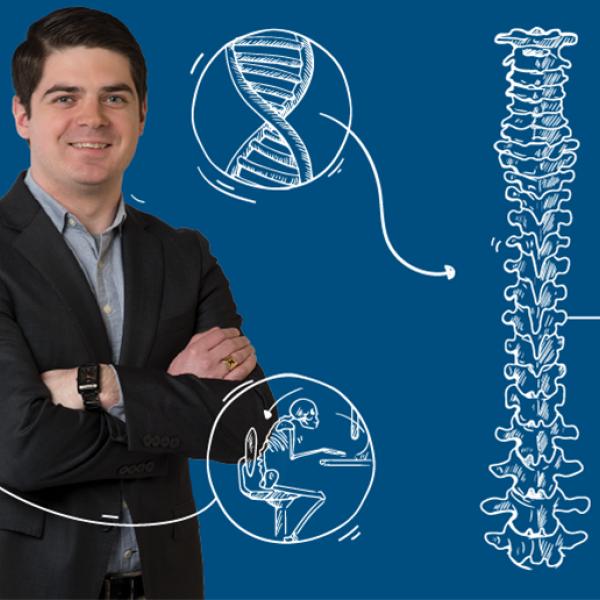It flashes through the air in spectacular and unpredictable zigzags.
Humans have always been fascinated by it. The ancient Greeks, for example, associated it with the strength of their supreme god, Zeus, who could throw lightning bolts at anyone who dared to challenge him.
“Why couldn’t we master lightning as Zeus did?” wondered physicist Roberto Morandotti, of the Énergie Matériaux Télécommunications Research Centre at the Institut national de la recherche scientifique in Varennes, Que. Although the researcher did want to find a way to direct the trajectory of lightning, he didn’t go so far as to venture into celestial territory. In his modesty, he stuck to electric arcs.
Arcs are the small sparks seen in everyday life with, for example, static electricity. They have a ton of uses, including making neon lamps function, starting car engines and cutting or welding metal. They could be used for many more purposes, especially industrial ones, if they were more precise. But like lightning, arcs follow erratic paths. Morandotti explains that if a way was found to correct the path, the precision of arcs would certainly be improved.
The researcher began by creating electric arcs — in other words, lightning bolts — by passing current between two electrodes spaced a few centimetres apart. He then pointed an extremely powerful laser beam at the arc. Since lasers create plasma (a cloud of electrons) in their path which has a density lower than that of the surrounding air, the bolt was confined within the plasma tunnel. But that did not keep it from following an irregular trajectory.
To achieve finer control over the bolt, the physicist repeated the experiment with various shapes of lasers.
Traditional lasers have a Gaussian shape, which means that their intensity is greater at the centre of the beam and gradually diminishes towards the periphery.
The researcher chose to try two types of thinner beams, known as Airy and Bessel beams. In both cases, the laser consists of one very thin beam at the centre that is very intense with several less-intense beams surrounding it. Airy beams can also be curved, or even given an S shape if two Airy beams are combined.
“Using these beam types, you can create very narrow plasma channels for the arc to follow,” explains Morandotti. So narrow, in fact, that bolts no longer have room to zigzag and are forced to follow a straight line! Airy and Bessel laser beams have another interesting property that Gaussian beams do not share: when they hit an obstacle, they re-form on the other side of it as if the object was never there. And since the electric arcs follow the laser’s path exactly, they also ignore obstacles in their way. The researcher already sees practical applications for this behaviour — in the field of microfabrication, for example. Laser-directed arcs could be used to engrave materials with great precision.
Following this concept to its logical conclusion, could we hope to someday control lightning? Roberto Morandotti thinks it’s not beyond reason. “It would be an enormous technical challenge with truly useful applications, such as preventing lightning damage. Haven’t we always dreamed of controlling the weather?” he asks.
This article was translated from its original, which appeared in French in the January/February 2016 issue of Quebec Science magazine.





